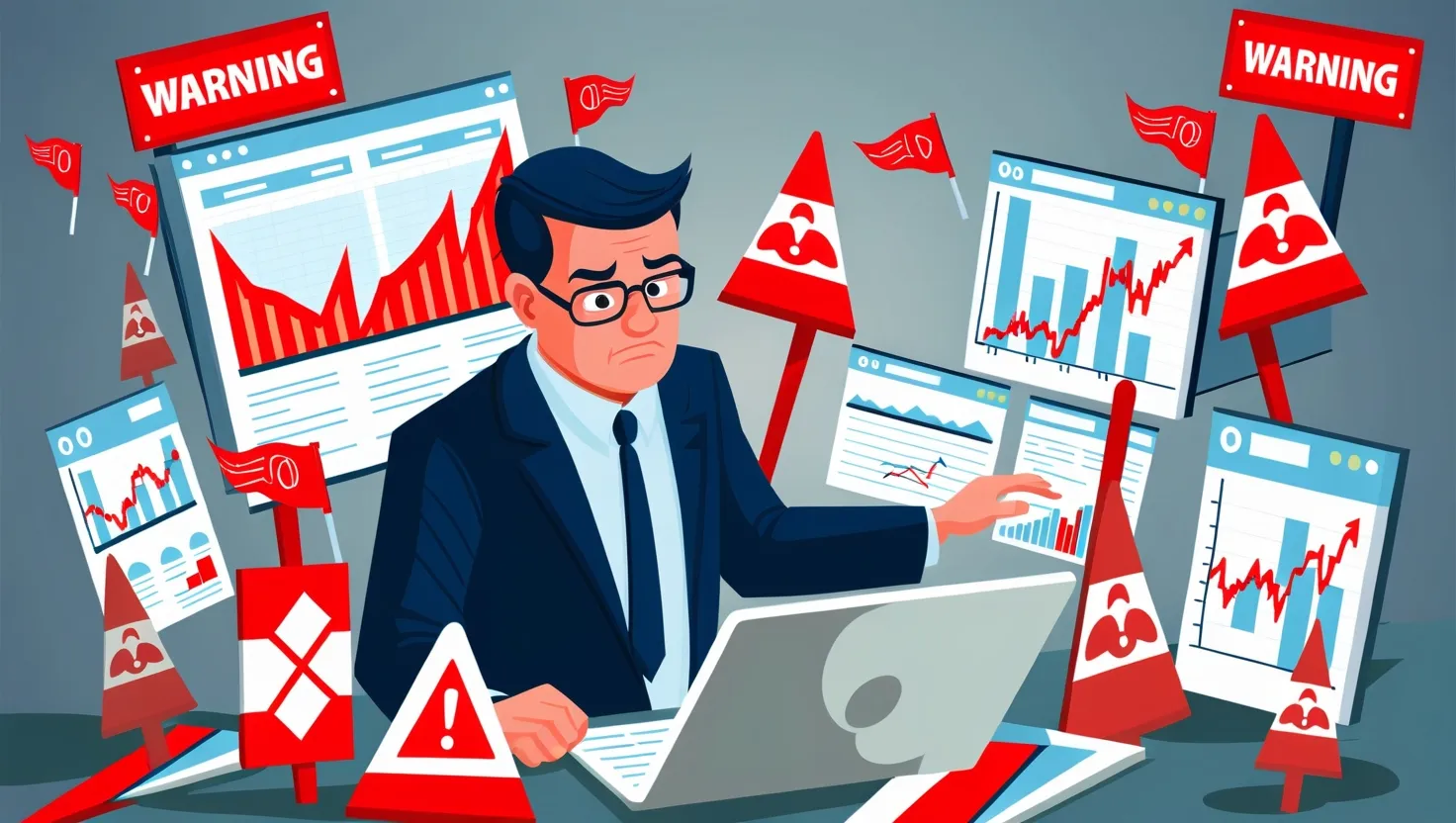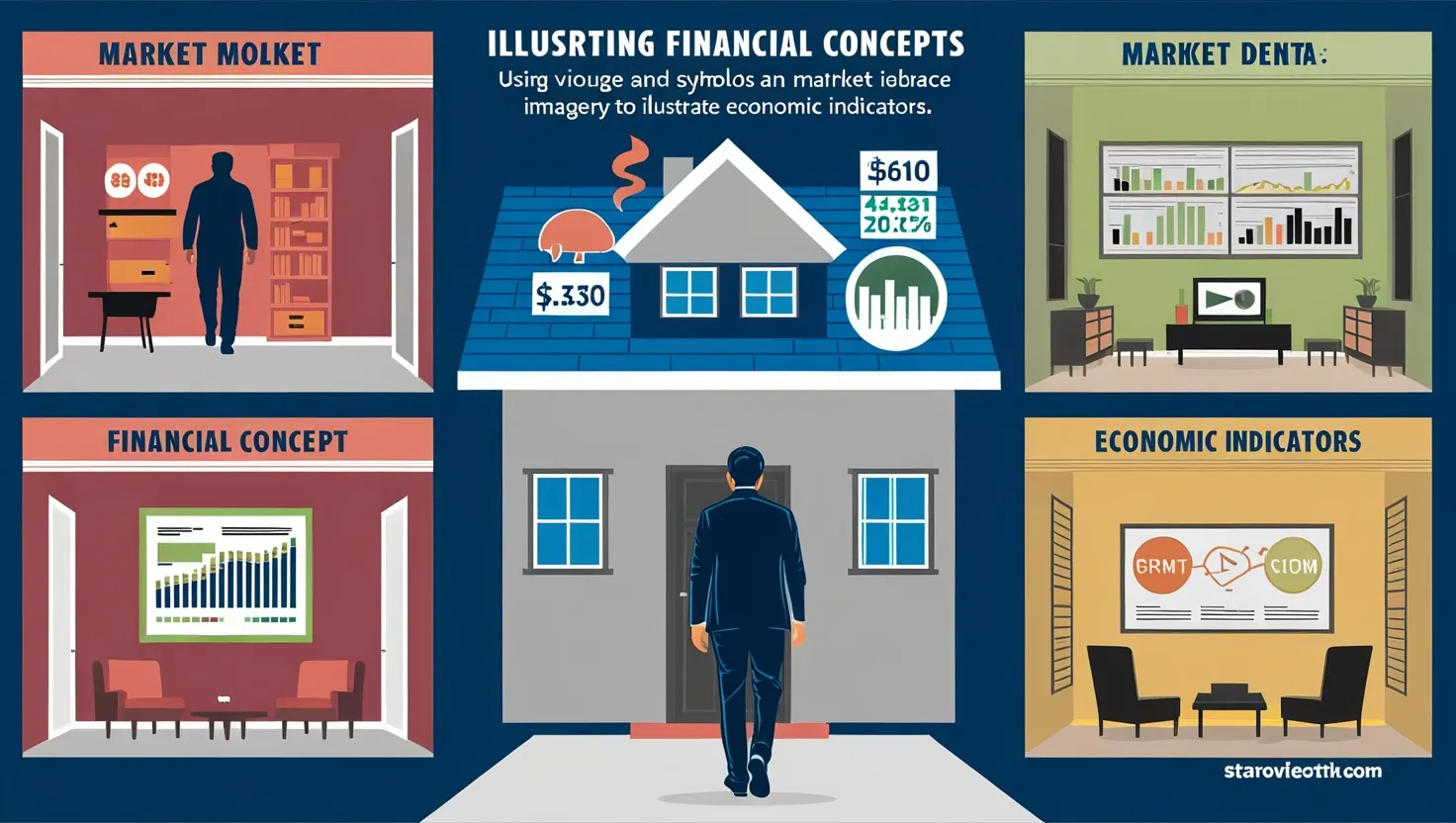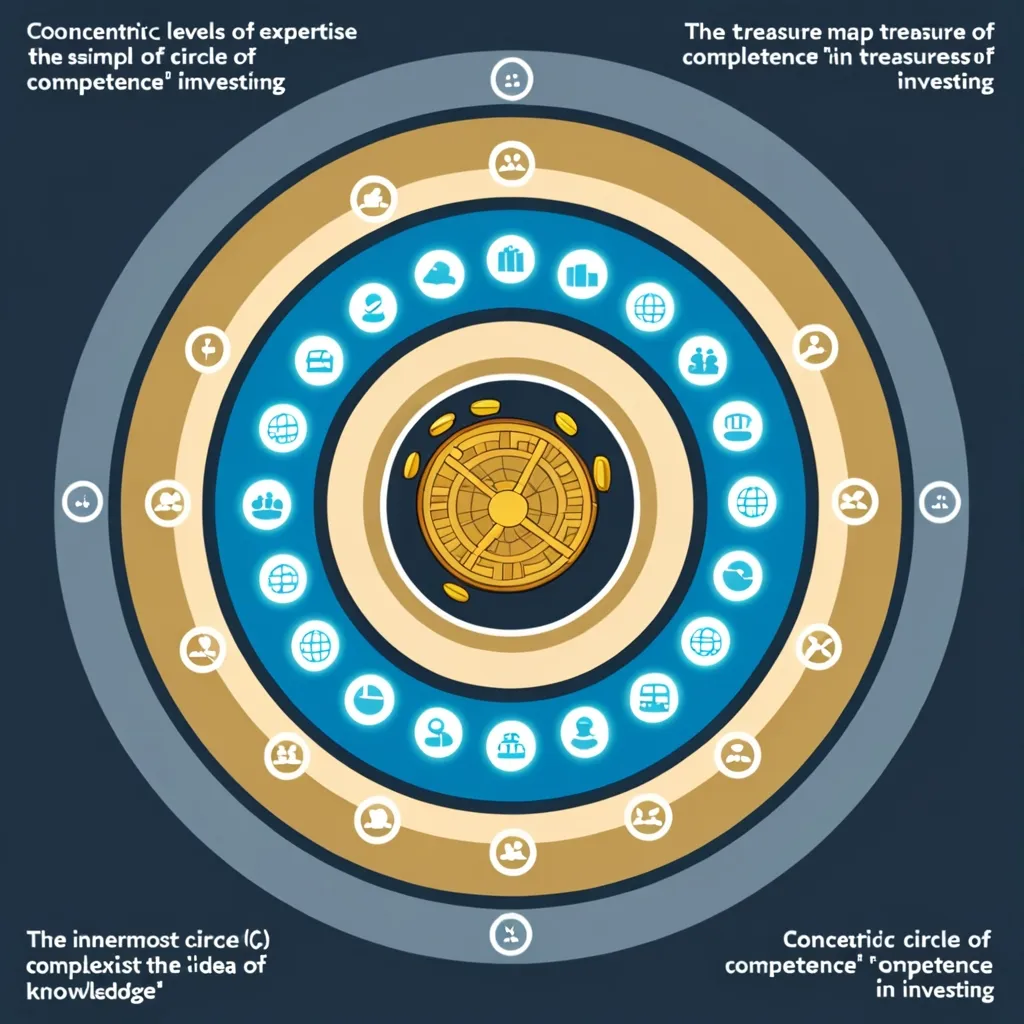In the world of investing, the allure of a bargain can be irresistible, but it’s crucial to distinguish between a genuine gem and a value trap. These pitfalls can masquerade as undervalued stocks, only to reveal their true nature and leave investors with significant losses. Here’s a journey through the common value traps that you should be wary of, and some practical advice on how to avoid them.
The Lure of Unsustainable Dividends
Dividends can be a compelling reason to invest in a company, especially when they offer high yields. However, it’s essential to look beyond the surface. If a company is paying dividends that exceed its earnings, it’s a clear warning sign. This practice is unsustainable and often indicates that the company is using debt or capital to fund these payments. Imagine a house of cards where each dividend payment is a card precariously balanced on the last; it’s only a matter of time before the entire structure collapses.
For instance, consider a company that boasts a 19% dividend yield but is actually losing money. This is a red flag waving loudly, signaling that the dividend is not only unsustainable but also a potential precursor to a dividend cut or even bankruptcy. Wise investors always ensure that the company can afford to pay dividends from its earnings, not from borrowed money or dwindling capital.
Declining Industries
Sometimes, the problem isn’t the company itself but the industry it operates in. Industries in decline can make even the most well-managed companies look like value traps. Think of the once-thriving brick-and-mortar stores that were decimated by the rise of e-commerce. These companies may have strong financials and a solid track record, but if their industry is on the decline, their future prospects are dim.
It’s crucial to assess the broader industry trends before investing. Ask yourself if the company’s products or services are still relevant in today’s market. Are there emerging technologies or shifts in consumer behavior that could disrupt the industry? Investing in a company that is fighting a losing battle against industry decline is a recipe for disaster.
Hidden Liabilities
Hidden liabilities are another trap that can catch investors off guard. These are financial obligations that are not immediately apparent from the company’s financial statements. For example, a company might have significant off-balance-sheet liabilities, such as lease obligations or pension fund deficits, that are not reflected in its reported debt levels.
To avoid this trap, you need to dig deeper into the company’s financials. Look for any mentions of off-balance-sheet items in the footnotes or management’s discussion and analysis (MD&A) section. Also, check if the company has a history of underestimating its liabilities or if there are any pending lawsuits that could result in significant financial burdens.
Accounting Irregularities
Accounting irregularities can make a company look healthier than it actually is. This can include practices like aggressive revenue recognition, hiding expenses, or manipulating cash flow statements. These tactics can artificially inflate earnings and make the company appear more profitable than it really is.
To spot these irregularities, you need to be vigilant. Look for any unusual patterns in the financial statements, such as sudden spikes in revenue or consistent underestimation of expenses. Also, pay attention to any changes in accounting policies or restatements of previous financial reports. These can be signs that something is amiss.
Value Destroyers
Value destroyers are companies that consistently fail to generate returns on their investments. These companies might invest heavily in new projects or acquisitions but fail to deliver any meaningful returns. Over time, this can erode shareholder value and leave investors with significant losses.
To identify value destroyers, look at the company’s return on equity (ROE) and return on assets (ROA) over several years. If these metrics are consistently below the industry average or the company’s cost of capital, it’s a sign that the company is not generating value for its shareholders. Also, check if the company has a history of failed projects or acquisitions that have drained its resources without providing any benefits.
Conducting Thorough Due Diligence
Avoiding value traps requires thorough due diligence. Here are some practical tips to help you conduct your research:
- Check the Financials: Always start with the company’s financial statements. Look at the income statement, balance sheet, and cash flow statement to get a comprehensive view of the company’s financial health.
- Analyze the Payout Ratio: Ensure that the company’s dividend payout ratio is reasonable. A payout ratio consistently above 80% is a red flag, indicating that the company is paying out most of its earnings as dividends, leaving little for growth or unexpected expenses.
- Assess Free Cash Flow: Free cash flow is crucial for sustaining dividends. Companies with negative free cash flow are at risk of cutting their dividends.
- Evaluate Management’s Guidance: Pay attention to management’s communication and guidance. Lack of clear communication or negative updates can signal potential problems.
- Consider External Factors: External factors such as regulatory changes, geopolitical events, and shifts in consumer behavior can impact a company’s operations and ability to maintain dividends.
Real-World Examples
There are numerous examples of value traps that have burned investors in recent years. Consider the case of a blue-chip company that cut its dividend significantly during the pandemic due to declining profits and negative free cash flow. This company had a long history of generating consistent free cash flow, but the sudden downturn in its industry exposed its vulnerabilities.
Another example is a company that was once a darling of the stock market but turned out to be a value destroyer. Despite heavy investments in new projects, the company failed to deliver any meaningful returns, eroding shareholder value over time.
Protecting Your Portfolio
To protect your portfolio from value traps, it’s essential to stay vigilant and conduct thorough research. Here are some final tips:
- Stay Informed: Keep up-to-date with industry trends and any changes in the company’s financial health.
- Diversify: Spread your investments across different sectors and asset classes to minimize risk.
- Be Patient: Avoid making impulsive decisions based on short-term gains. Instead, focus on long-term value creation.
- Seek Professional Advice: If you’re unsure about a particular investment, seek advice from a financial advisor.
In conclusion, avoiding value traps requires a combination of thorough research, critical thinking, and a healthy dose of skepticism. By understanding the common pitfalls and knowing how to spot red flags, you can protect your portfolio and make more informed investment decisions. Remember, the key to successful investing is not just about finding bargains but also about ensuring that those bargains are genuine and sustainable.






